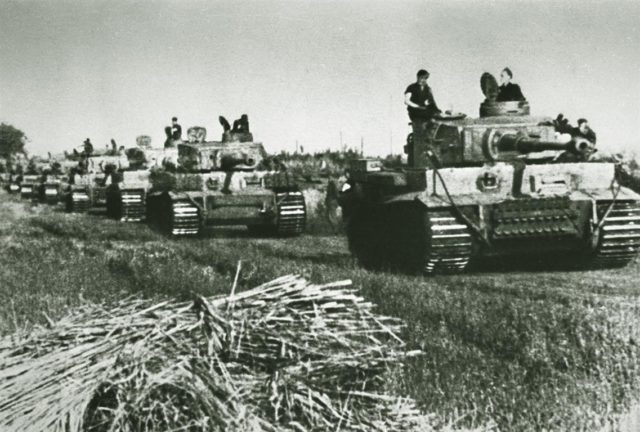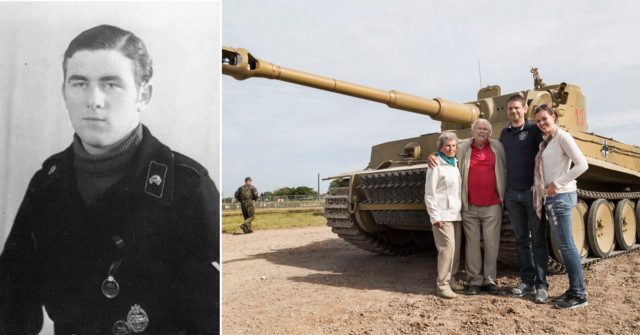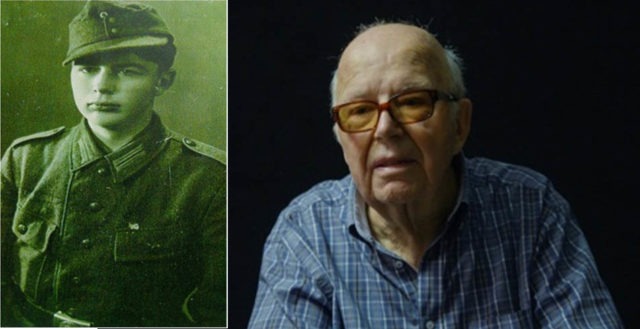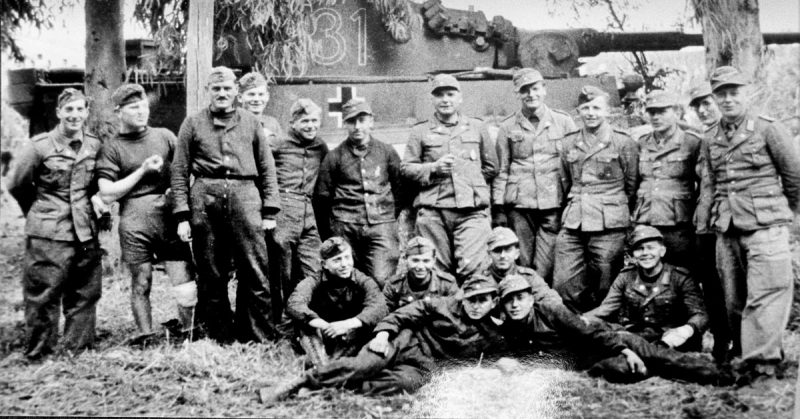Surviving Germans who fought in legendary Tiger Tanks have spoken ahead of an exhibition that for the first time in history brings all members of the Tiger family together.
The Tank Museum, Bovington, in Dorset has spoken to those Germans whose tanks inspired such fear in British soldiers during World War Two.
The men revealed how they felt superior to other soldiers, received special packages from Hitler and sang songs about how they would fight to victory or die.
But they also described the horrific realities of tank warfare, witnessing concentration camp victims and nightmares they still suffer from.

The museum has been revealing the stories of those who fought in British tanks that were first introduced just over a century ago – and is now giving an insight into the enemy crews.
The Tiger Tank Collection exhibition, supported by World of Tanks, will include the Museum’s own Tiger 1, its two King Tigers, and its Jagdtiger, along with the Elefant, which is back in Europe for the first time since the end of the war.
The one Tiger unable to be present – the Sturmtiger – will be represented later in the year using ground-breaking virtual technology, supplied by software developer Wargaming.
The stories of the Tiger crews are as powerful as their tanks.
One veteran, Wilhelm Fischer, said: “Every month I got four packages from Adolf Hitler; they had chocolate in, cigarettes, sausage, we even got cured sausage every now and then.
“It was only the tanks. The infantry didn’t get anything, they just lay in the mud.”
He described firing a Tiger tank gun and said: “You had to keep your mouth open so you didn’t burst your eardrums.”

He also said conditions were terrible and added: “To sleep in the tank you stayed sitting, hunkered down in our seats. You couldn’t lie down, there was no room.
“…Hygiene? Pfft, it’s the last thing you think about. You were happy enough just having enough to drink.”
He recalled the tanks’ unreliability and blamed sabotage. He said: “There were lots of foreign workers in the armaments industry and they also built the engines. That got them into a right mess and they couldn’t run.”
He also said he’d suffered from nightmares: “When I was younger, lying in bed, I would wake up in the morning soaking in sweat because I thought the Russians were coming.”
Another Tiger veteran, Waldemar Pliska, served on the eastern front and recalled: “We saw 100 refugees that had been freed from a concentration camp … I asked everyone, who are those people? But they said to me keep my mouth shut as they were from a concentration camp and we were forbidden to speak about it.”
He added: “This I will say to you; terrible experiences, and I often dream of them still. I wake up drenched in sweat because I can’t forget.”
On the Tiger tank and the sense of awe which surrounds it, Waldemar Pliska concluded: “This Tiger is a weapon of war and it promotes it. Very much a killing machine… I cannot endorse it. Simple as that.”

David Willey, Curator of The Tank Museum, said: “Tigers are large and impressive by contemporary standards – but there is a moral responsibility to remember what they were used for and the regime who created them.
“Representing less than seven percent of their wartime tank production, Tiger tanks failed to have a real impact and our exhibition will be presenting a more balanced account of these vehicles.
“Importantly it will also be presenting the views of the veterans who fought in them; bringing the human stories of the German tank crews here for the first time.
“Hearing the voices of these veterans who are still with us today really helps us understand the war from both sides.
“As well as having our Tiger 131 – the most famous tank in the world that was captured in North Africa – on display, we have our other three Tigers as well as the Elefant which was shipped over from the US.
“And using the latest digital technology, visitors will later in the year be able to see a full-sized Sturmtiger in the exhibition with the use of our Augmented Reality App.”
The exhibition begins on April 6.
The Tank Museum is an independent Museum and registered Charity.
